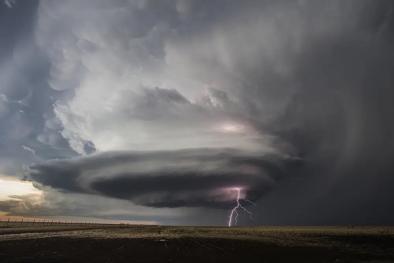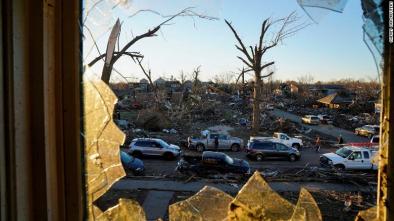Science Source
Tornado outbreak variability follows Taylor's power law of fluctuation scaling and increases dramatically with severity
- States the largest tornado impacts come from ‘outbreaks’ consisting of multiple tornadoes closely spaced in time
- Finds an upward trend in the annual mean number of tornadoes per US tornado outbreak for the period 1954–2014
- Finds the variance of this quantity is increasing more than four times as fast as the mean
- States the mean and variance of the number of tornadoes per outbreak vary according to Taylor’s power law of fluctuation scaling (TL), with parameters that are consistent with multiplicative growth
- Finds tornado-related atmospheric proxies show similar power-law scaling and multiplicative growth
- States path-length-integrated tornado outbreak intensity also follows TL, but with parameters consistent with sampling variability
- Results show observed TL power-law scaling of outbreak severity means that extreme outbreaks are more frequent than would be expected if mean and variance were independent or linearly related
Related Content
Headline

Mar 29, 2023 | Associated Press
Tornado-spawning storms may get worse due to warming
Headline

Apr 6, 2022 | Washington Post
2022 generated most March tornadoes on record in U.S.
Headline

Dec 16, 2021 | CNN
Climate change: How the crisis is affecting tornadoes
Headline

Dec 16, 2021 | The Washington Post
Historic wind storm slams central U.S., unleashes rare December tornadoes


